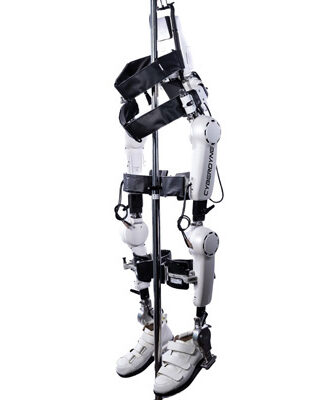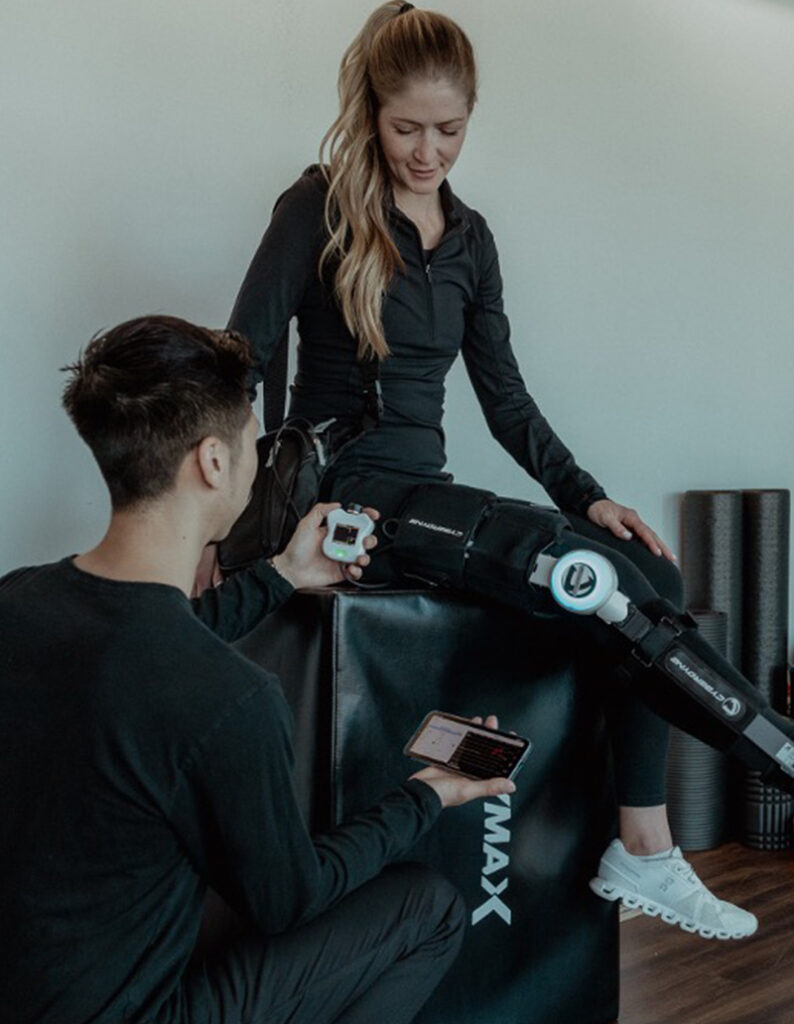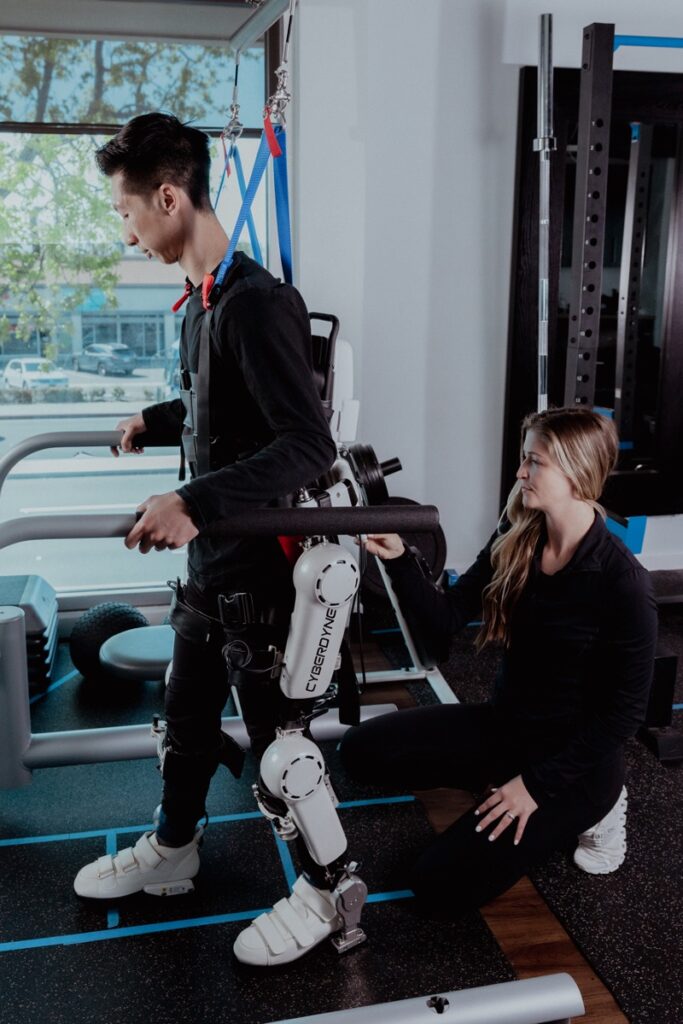
By Hiroki Kimura, Director of Clinical Affairs for RISE Healthcare Group and the Chief Clinical Affairs Officer for Cyberdyne USA Inc.
If you’re reading this, you’re probably asking yourself — what is a human exoskeleton? Well, you’re not alone. Over the last century, the concept of humanoid robots has captured the imagination of science fiction writers, the general public and scientists alike.
There has been a focus on robotics and its human experience with technology, which is where human exoskeletons come into play.
Exoskeletons aim to supplement and enhance human abilities rather than serve as an entirely autonomous machine. In this article we’ll go through what exactly an exoskeleton is and how they work.
Let’s dive in!
What is a Human Exoskeleton?
By definition, a human exoskeleton is a wearable suit that helps support and boost the things our bodies can do. They’re devices that can assist people and make them stronger or help them improve movement.
The first images that come to my mind when you hear the term “exoskeleton” might be the robotic suits worn in popular sci-fi movies.. In film, these devices were bulky military machines enhancing the wearer’s strength to increase their destructive capabilities.
While the imagery is rather scary, in real world practice I came to realize that Exoskeletons were the exact opposite, making us more productive rather than destructive.
These devices are worn over the body to provide assistance without getting in the way of the wearer.

Who Wears Human Exoskeletons?
Construction workers can use an exoskeleton to lift heavier objects. Nurses caring for the frail have used them to protect their lower backs from injury. And the most fascinating – exoskeletons are also worn by paralyzed individuals.
Yes, there are medical versions of human exoskeletons that are used to help mobilize paralyzed individuals, helping them to stand and even walk in the device.
Standing and walking may sound trivial, but as I began to work alongside these individuals, it became immediately apparent the level of impact that these medical exoskeletons can have on patient lives.
Many people are also affected by conditions that limit their mobility such as spinal cord injury, stroke, Parkinson’s Disease, Multiple Sclerosis and even ALS.
RELATED: Walking After Stroke: How HAL Exoskeletons Can Help
There are many different types of human exoskeleton devices out there, however only one helps people improve these conditions. The HAL (Hybrid Assistive Limb) human medical exoskeleton is the only FDA approved technology that actually improves mobility.
How do Exoskeletons Work?
Exoskeletons use various sensors to determine where the wearer is in space, and what kind of posture or position they are in.
Oftentimes they have pre-programmed movements built in so that when the wearer takes a specific movement, the exoskeleton knows which motors to activate near their joints to help them complete that movement.
As technology advances, artificial intelligence and machine learning gets incorporated to make the device’s decision to move more accurately. Other sensors may also play a factor in how the exoskeleton moves. For example, ground reaction sensors at the feet can determine where the center of balance lies.
How does the HAL Exoskeleton Work?
In the case of HAL human exoskeleton, surface electrodes are used to detect bio electrical signals that the wearer naturally produces when they try to move.
Rather than pre-programmed movements, these bioelectrical signals decide when and how much the exoskeleton moves, so that it moves with you instead of moving for you.
As a medical exoskeleton, HAL not only provides movement for paralyzed patients when they wear it, but it also aims to create neurological changes within the patient’s body so that they are able to move better even when they take the device off.
Exoskeletons may enhance our abilities even when they aren’t being used!

The Role of FDA Approval of HAL Exoskeleton
It is important to keep in mind that all of this potential also comes with risk. That is why the RISE Healthcare Group team worked for years to thoroughly explain what HAL does to the FDA.
This ensured we did everything we could to minimize risk and to make sure that the benefit of using HAL is worth it to our patients.
We also conducted many clinical trials to show that HAL improves the patient’s ability to walk even when the device is taken off. In fact, HAL is the only human exoskeleton whose purpose is to “improve ambulation” rather than just “provide ambulation” as stated in its FDA clearance documents.
So, rest assured that HAL is safe to use and effective to boot! I am incredibly proud to be working with such an amazing technology and to be able to bring it to the United States. I hope it can be the change in patients’ lives that I have seen abroad, and I look forward to the new ways exoskeletons advance to enhance our lives in the future.
